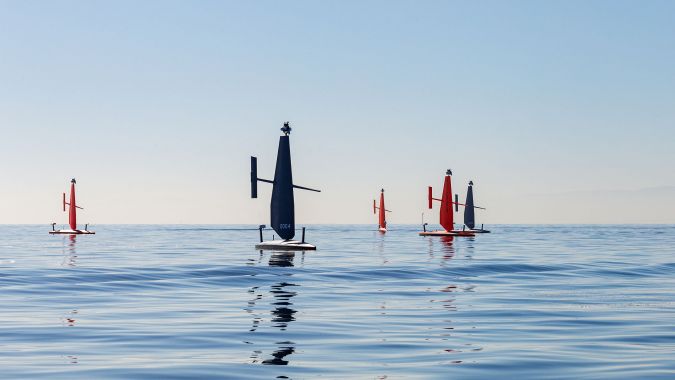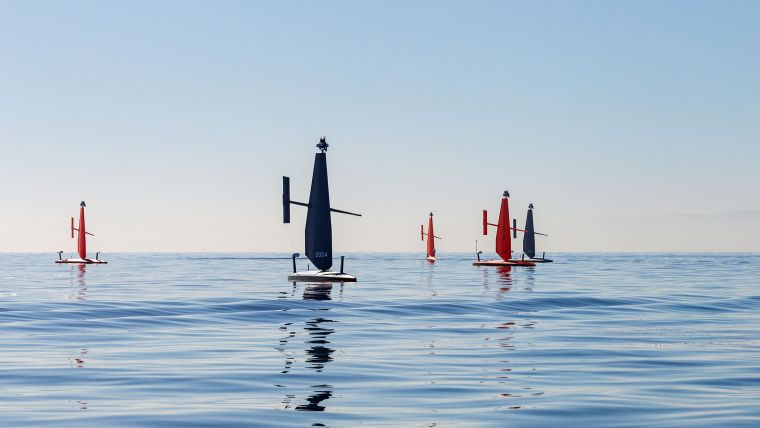Saildrone reveals new uncrewed vehicle for ocean mapping
Saildrone, a company renowned for providing near real-time maritime intelligence using small unmanned systems, has introduced a new line of unmanned surface vehicles (USVs) in the mid-size category. The Voyager, measuring 10 metres in length, is designed specifically for mapping near-shore oceans and lakebeds, and for tackling the challenges of illegal, unreported and unregulated fishing (IUU), intelligence, surveillance and reconnaissance (ISR), law enforcement and maritime safety, drug interdiction and border and harbour security.
Saildrone has developed three models of USVs – the Voyager, along with the seven-metre Explorer and the 20-metre Surveyor – that offer a balance between mission payload flexibility and endurance. The Voyager, being larger than the Explorer, offers a more persistent data link, greater power capacity for ocean mapping and ISR payloads, and a wide range of options for integrating different payloads.
The Voyager is equipped with a multibeam sonar for ocean mapping, which can map the seafloor up to 300m depths. Its ISR sensor suite comprises a smart camera array, digital radar and sub-surface passive acoustics. The Voyager is primarily powered by wind and solar, and has an electric propulsion system for low-wind and near-shore operations.
The need for outsourcing production
“With our Voyager platform, Saildrone helps to eliminate maritime gaps above and below the ocean surface, reducing risk to mission and risk to force. We want to be a force-multiplier for our partners and allies when it comes to ISR capabilities,” said Richard Jenkins, Saildrone founder and CEO.
To date, Saildrone has built 100 seven-metre Explorer-class USVs at its headquarters in Alameda, California. To meet the increasing demand for the new Voyager platform, Saildrone has elected to outsource the production of the wing, hull and keel to composite specialists: Janicki Industries will manufacture the wing and keel in Washington, and Seemann Composites will manufacture the hull in Mississippi. Saildrone will continue to produce, install and service internal components in Alameda.
“One of the truly exceptional aspects of working at a company like Saildrone is the fact that hardware and software engineering, manufacturing, mission operations and G&A are all housed under one roof – in a former airplane hangar on a site known for aviation and naval innovation,” said Saildrone COO Mark Cuyler. “But with the rapidly increasing demand for ocean data collection across the fleet, it is necessary to outsource some of our production. Saildrone is proud to work with great US-based companies like Janicki and Seemann, whose expertise in the marine composites industry will help us to more rapidly meet the demanding challenges of the world’s oceans.”
Advanced data collection
Saildrone’s latest addition to their line-up of autonomous vehicles, the Voyager, has been put to the test through sea trials in the San Francisco Bay and offshore of California since late 2022. Come spring, the Voyager will begin its first operational missions in maritime security and ocean mapping. With the company’s current production rate of one Voyager per week, the future looks bright for this exciting technology.
Saildrone’s impressive track record of successful missions covers nearly one million nautical miles, spanning the Arctic to the Antarctic. The Voyager’s advanced data collection capabilities promise to take Saildrone’s mission even further, revolutionizing ocean mapping and maritime security.















